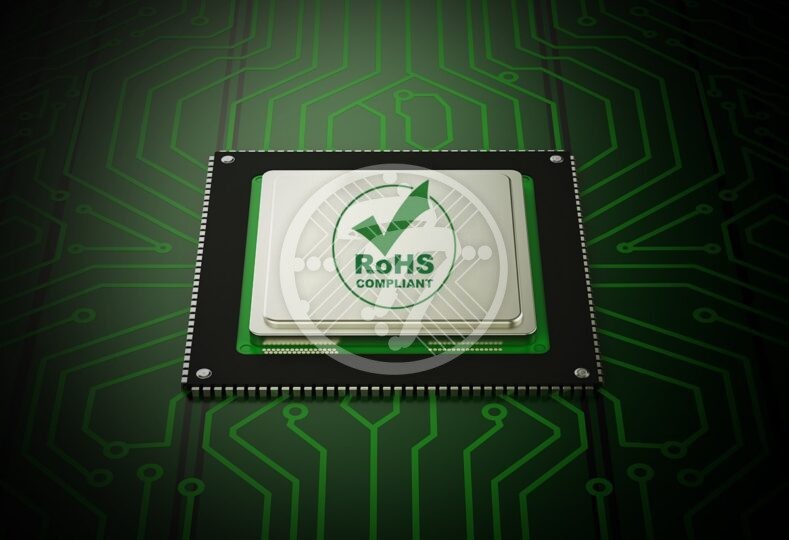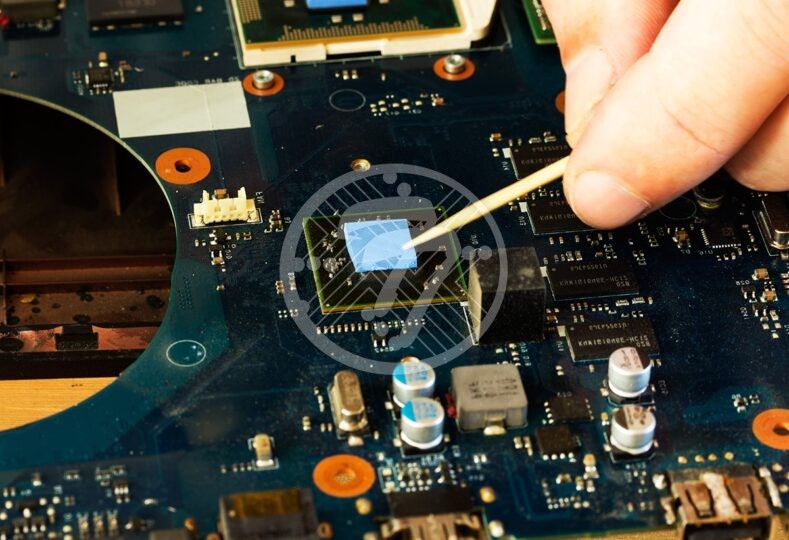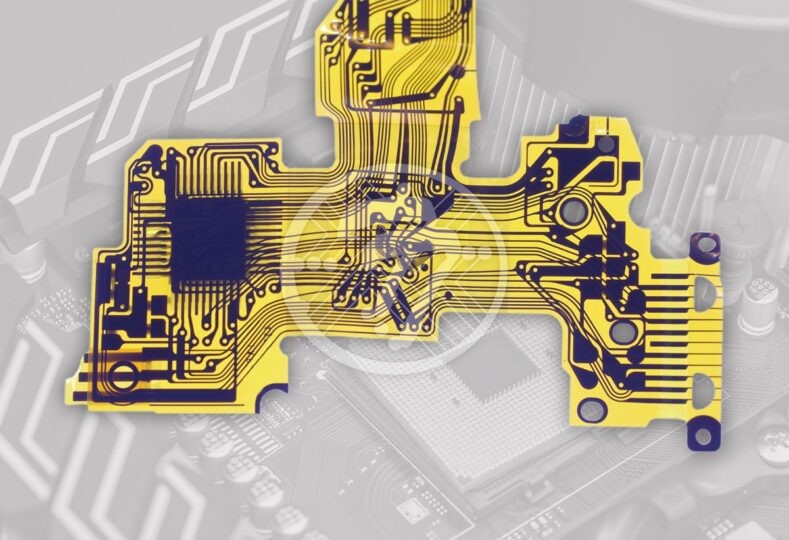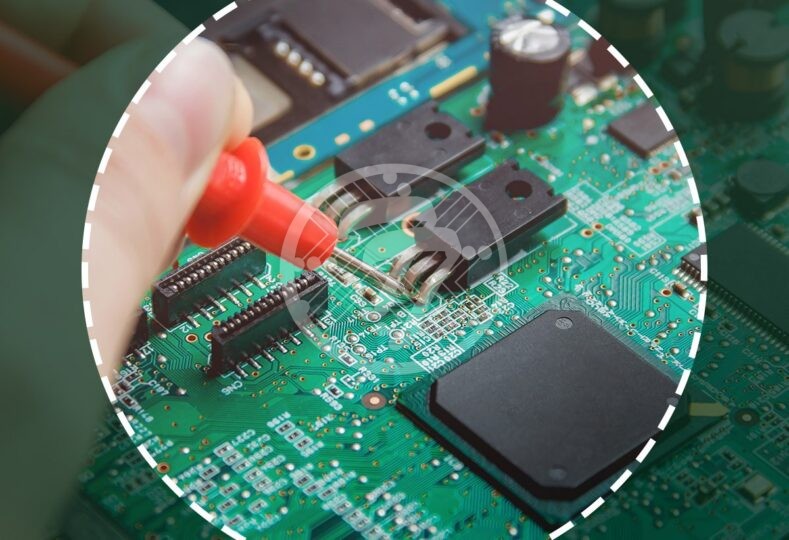Top Things you should know about RoHS Compliant Circuit Boards

Let us begin with a brief introduction to RoHS compliance before we delve into the aspects that one must know about RoHS compliant circuit boards.
A Brief Introduction to RoHS Compliance
The Restriction of Hazardous Substances Compliance, popularly known as RoHS or Directive 2002/95/EC, are a set of standards that restrict the use of hazardous and toxic materials in electronic products sold or distributed in the European Union.
Any OEM (Original Equipment Manufacturer) who manufacturers and sells electronic products or components such as printed circuit boards (PCBs) directly to European clients or support the EU-based integrators, distributors, and resellers need to adhere to this compliance.
The compliance specifies some restricted material as also the maximum levels of these restricted materials in the PCBs and other electronics items as under:
- Mercury (Hg): < 100 ppm
- Lead (Pb): < 1000 ppm
- Cadmium (Cd): < 100 ppm
- Polybrominated Biphenyls (PBB): < 1000 ppm
- Hexavalent Chromium: (Cr VI) < 1000 ppm
- Polybrominated Diphenyl Ethers (PBDE): < 1000 ppm
- Bis(2-Ethylhexyl) phthalate (DEHP): < 1000 ppm
- Dibutyl phthalate (DBP): < 1000 ppm
- Diisobutyl phthalate (DIBP): < 1000 ppm
- Benzyl butyl phthalate (BBP): < 1000 ppm
Key Principles of RoHS-Compliant Manufacturing of PCBs
There are 3 key concepts that are basic to RoHS-compliant PCB manufacturing:
Material
The first thing to know when it comes to a RoHS-compliant PCB is the use of material. It is critical that the materials used in the assembly of the board are RoHS compliant, in accordance to the regulation. This also includes paying attention to using RoHS compliant substrate materials, lead-free surface finishes, lead free wave soldering and other such services.
The most widely used surface finishes when it comes to lead free boards include:
- ENIG
- Immersion Silver
- Immersion Tin
- OSP
- Lead free HASL
Each of them, of course, comes with their own distinct set of advantages and disadvantages.
Processes
Other than the use of PCB Materials, it is important to have the correct processes in place. Such processes can go a long way in keeping RoHS & non-RoHS material separate.
Documentation
The materials as well as the processes need to be documented correctly so as to show that your PCB meets the regulatory requirements.
Benefits of Using RoHS-Compliant PCBs
Some of the major benefits of RoHS-Compliant PCBs include:
Reduction of Metal Poisoning
With obsolescence in technology growing at an alarming rate, so is electronic equipment that is finding place in landfills. Made up of various hazardous materials, that they impact the environment is a given. With the RoHS directive, the impact on both the environment and hence the people is going to be contained. What we will definitely get is a greener environment.
Safe Products
With electronics manufacturers following the RoHS compliance, what users get are non-hazardous products that are safe to use.
Better Thermal properties
Lead-free PCBs have improved thermal properties. Typically they can withstand temperatures between -45°C to 145°C. In fact, with the use of halogen-free laminates the thermal stability can be improved up to 300 degree Centigrade.
What is some of the information that should be added to the PCB fabrication document to ensure the boards are fabricated to be RoHS compliant?
Typically the following details will tell the manufacturer that you are looking for RoHS compliant boards:
- Explicitly stating that you require the boards to meet with the EU RoHS directive.
- Stating the type of material needed and any tolerances that you expect the material to meet.
- Listing the preferred laminates.
How do companies get RoHS compliant certification?
Checkout the following steps are involved for RoHS certification:
- Documentation Review: A review of Bill of Materials, assembly drawings, Materials Declarations for each component and product, test reports and Conformance Certificates is undertaken at this stage.
- Audit: Inspection of all manufacturing processes needed to meet RoHS compliance for the restricted substances is undertaken.
- Testing: On-site portable XRF testing is done to determine values of the restricted RoHS substances.
- Certification: After the audit is successfully completed, a RoHS certificate is issued.
To sum up
RoHS compliant PCBs can go a long way towards creating a green future. It is therefore important to approach a trust RoHS complaint PCB partner that offers reliable products.
Technotronix is one of the leading printed circuit boards manufacturers in the USA, providing Lead-Free and RoHS Compliant manufacturing solutions. Whether your requirement is for prototypes or large production runs, we have you covered. In fact, we also offer turnkey services, which fully take the hassle of you and allow you to focus on your core business.
Email us on sales@technotronix.us or call us on 714/630-9200 to solve your queries related to our RoHS PCB services.
Get a quick RoHS Circuit Boards Fabrication quote.









